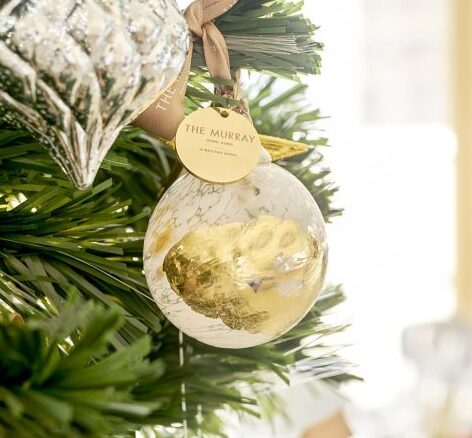What does survival really mean? Extreme weather outerwear specialist Canada Goose invited adventurers and wilderness experts Megan Hine and Aldo Kane to Portugal’s Azores archipelago to find out. Zaneta Cheng lived to tell the tale
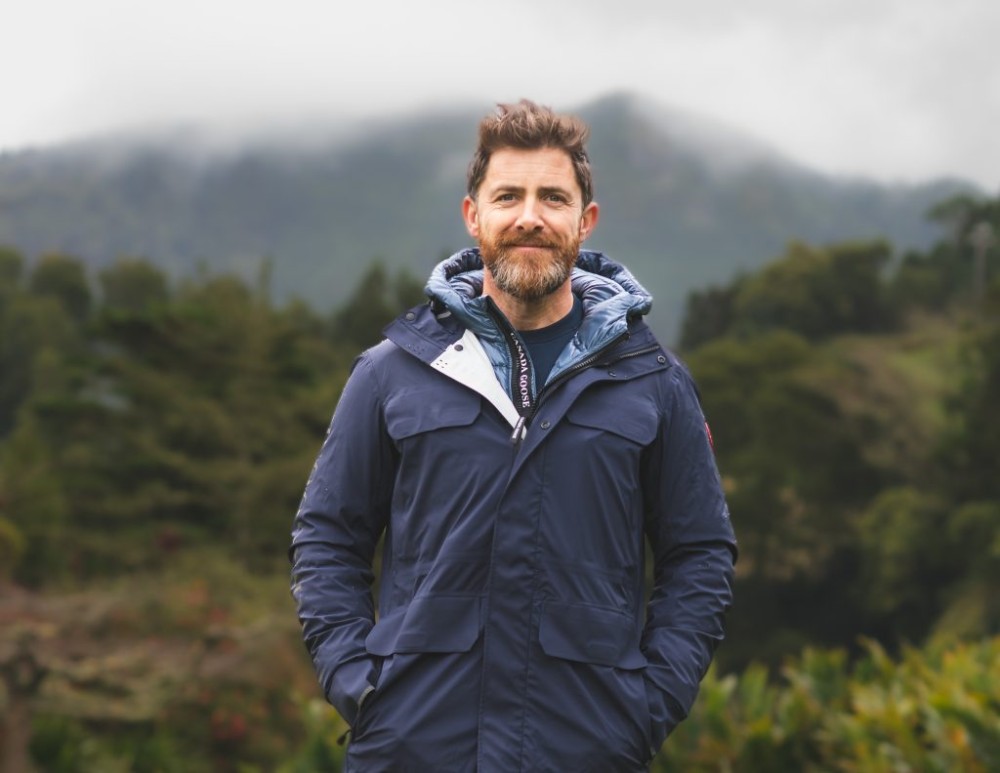
“It’s not enough to survive,” they say, “one has to thrive.” This maxim has always struck me as a bit bogus but I hadn’t quite been able to put my finger on why exactly – until I got the chance to sit down with Megan Hine and Aldo Kane, whose careers are living proof that survival is pretty damn impressive in and of itself. Between them, they’ve scaled the Himalayas, paraglided off cliffs in parts of the world I can only hope to visit, run away from hostile militia and braved the Amazon jungle, where, as Hine puts it, “everything wants to eat you or scratch you or bite you”. Kane has even managed to get himself out of an active volcano just as CO2 levels were beginning to get the better of him.
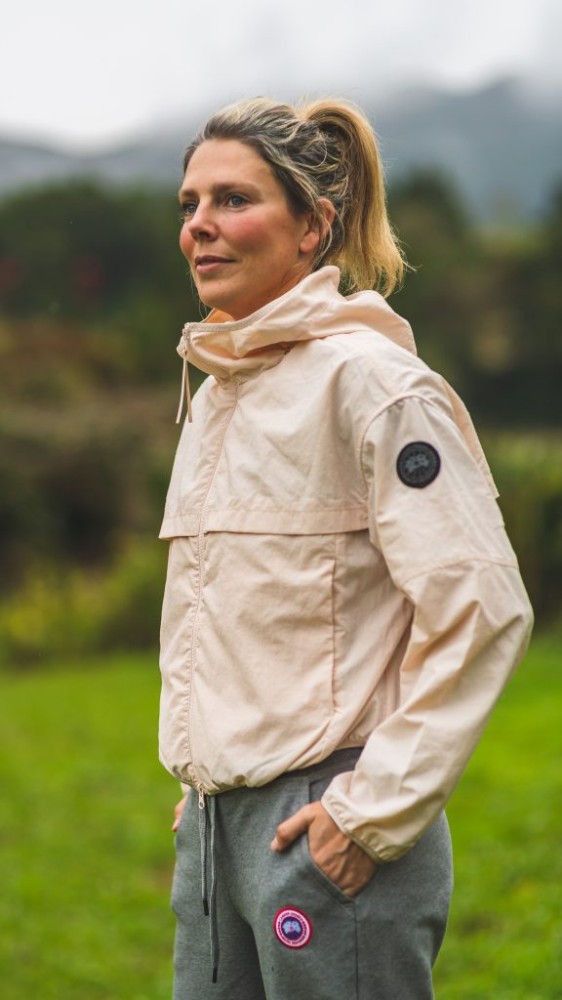
At a fundamental level, survival comprises food, water and shelter. “Get some fire going and find some water. Boil the water and eat. Essentially, if you can do that for one day, you could do that for 50. So, at the age of 13 or 14, knowing that I had to protect myself from the elements, build a shelter, [get water] – we can go three minutes without air, three days without water, three weeks without food,” says Kane of the basic skills the Boy Scouts taught him before he went on to join the British Marines and subsequently embark on his career as an explorer and expedition leader.
“For me, it was much more about getting the skills that allowed me to go a bit further. If you know two or three different ways to achieve food, shelter and water, then you have the confidence that if something goes wrong, you can survive a bit longer,” Kane explains.
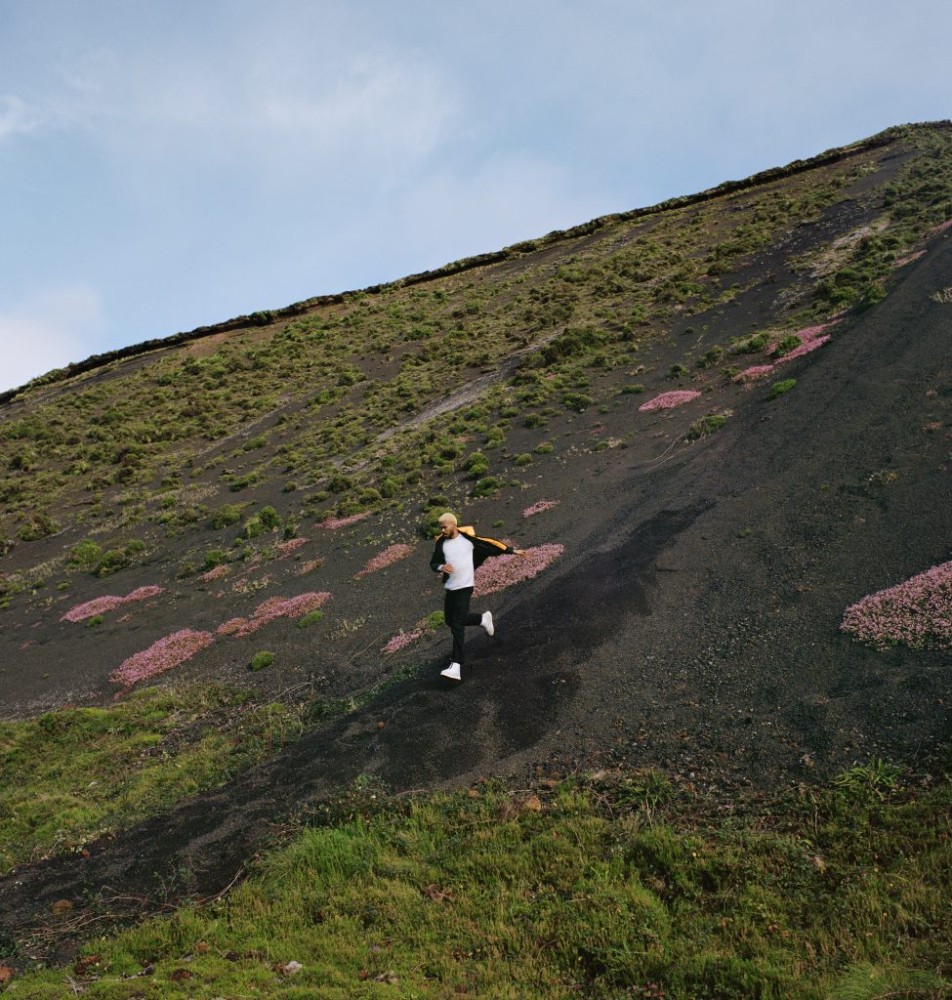
In the few days we’re grouped together on São Miguel, a volcanic island in the Azores that perhaps bears a slight resemblance to the wilds of Jurassic Park and where Canada Goose shot its spring/ summer 2023 campaign, Hine and Kane have been teaching us some of the basics. Take fire, for example. Fires can be started in the wild from the soft cottony material found under tree bark. If in a pinch, use tampons to start that flame. Or cotton wool.
Remember to always carry a lighter with you, Hine and Kane remind us. Vaseline is excellent for holding onto a fire, giving more time for the flame to catch and build. For the science geeks among us, metal wool and an alkaline battery create an instant flame when put in contact with one another.
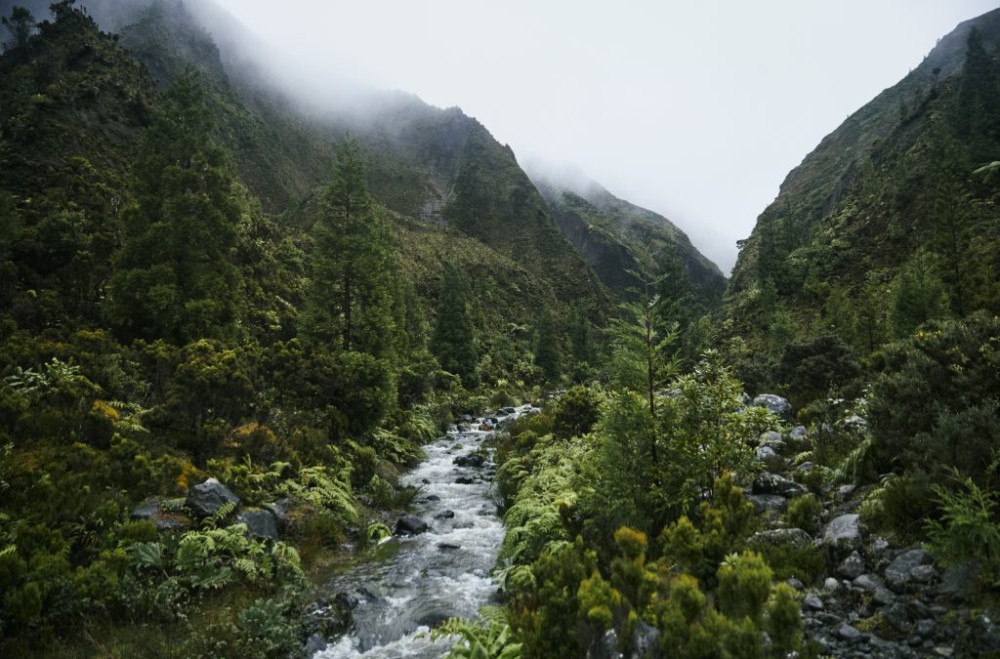
“I think the advent of technology has made it easier for people to get outside but also easier for people to become stuck,” Kane explains. “My phone can have all the maps, but if the battery goes down then we all do. One of the basics to living in the open, though – and it’s not a tagline for me because I live in the open, that’s where I work – is to understand the environment and the seasons. Remember when I asked you all which way was north? That can be determined by knowing that the sun sets in the west.”
Similarly, Hine, who has been working for film crews and expedition teams for almost two decades, most famously for Bear Grylls and his wilderness survival program, also encourages the newly outdoorsy to build the fundamental skills for survival. “I would look firstly at clothing systems to make sure that you have the right clothing and footwear for the environment that you’re going into and then make sure you’ve got water and look at the communications, whether there’s a signal if you get into trouble,” she says. “What’s the weather forecast saying? Who do you call if there’s a problem? Letting your family or friends know where you’re going and saying, ‘If I’m not back by nine o’clock in the evening, please call for help and come find me.’ Putting those little things into place is important. What I do find is that there is a real lack of understanding of risk.”

Both Hine and Kane are big proponents of packing a kit that can best mitigate risk. “Prepare for the worst but plan for the best,” Kane says. “Have the right kit in your bag so you can last a bit longer than you think you should be out for. So, if you’re going out for six hours, take enough stuff in reserve that can last you 12 hours – that just buys you a bit of time. That might be just two extra bars or a bit of extra food and an extra warm jumper.”

Clothes feature heavily in the kit. “I’m looking at a layering system, so wearing lots of layers as opposed to one big layer because it allows me to chop and change as I’m moving through the environment,” says Hine. “The reason you’re wearing a layering system is so that you’re removing any kind of moisture from your body. All of it needs to be breathable and all of it needs to work together so you don’t want any barriers to that. What cotton does in temperate environments is collect moisture when you’re trying to push that moisture out and keep the heat in to protect your core, where all your vital organs are, to prevent you from going down with hypothermia.”
“If you’re out in the wilderness, cotton kills, we say,” adds Kane. “If I wear cotton in the Arctic, it’s not going to give any thermal protection whereas the merino wool Canada Goose jumper I had on yesterday would do. Merino is warm even when it’s wet. When I was in the military, we would wear wool because even if it gets wet, we’d wring it out and it would be damp and horrible and smell like sheep but it would still keep us warm.”
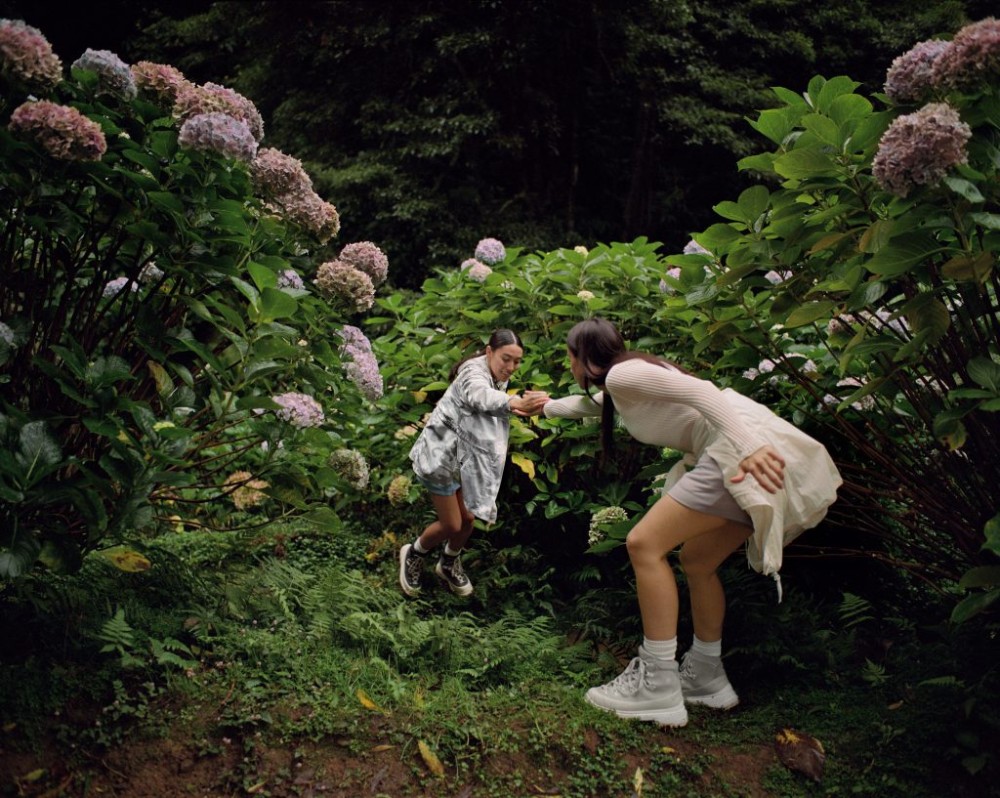
Of course, there is much more to survival. As testament to this, both Hine and Kane have written books on how the resilience and mental aptitude required to survive in the wild transfers to everyday modern life. “I started seeing a lot of positive effects on people in these environments, where it not only helped them in the moment with regard to their mental health but they could also bring the confidence they gained from overcoming challenges back into their everyday lives,” says Hine, who is regularly hired to bring C-suite executives into the wilderness for resilience training to take back to their corporate jobs.
“Having to be self-sufficient, carrying your stuff through a jungle, or overcoming obstacles or summiting mountains show you just how strong you really are. It starts putting things into perspective in life as well, and when you’re outdoors, you have to take ownership of your actions because if you don’t, something could potentially go wrong and quite drastically wrong. Whereas in everyday life, it’s very easy for us not to take ownership. It’s very easy for us to blame other people, other situations and never really look at our own.”
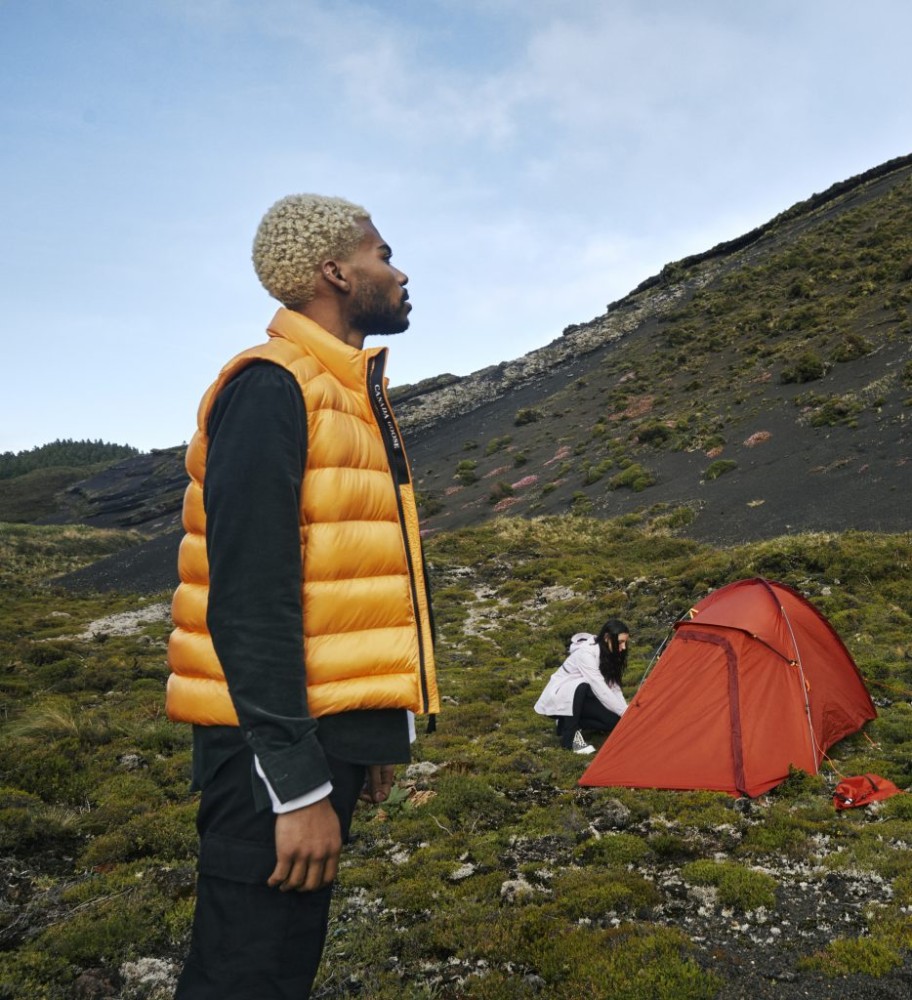
“We deal with facts and we deal with things we have no control over in the moment,” says Kane, who last year decided to row a boat with some friends across the Atlantic from Portugal to Venezuela only for it to capsize in the middle of the night in the middle of the ocean.
“We all thought we were going to die in the middle of the Atlantic, so it was pretty extreme. But it was about understanding the situation and assessing what I could do in that moment that would help me survive another 10 seconds. We had to get back on the boat, so that meant going underwater for 40 seconds, pulling myself back along the lanyard to get to the boat. What to do? Get up and breathe, so the next thing I did was get up and breathe. You need to calm your mind down to the point where you can focus and do the thing and the next thing and the next thing despite being in a situation where you have absolutely no control over anything other than what you do.”
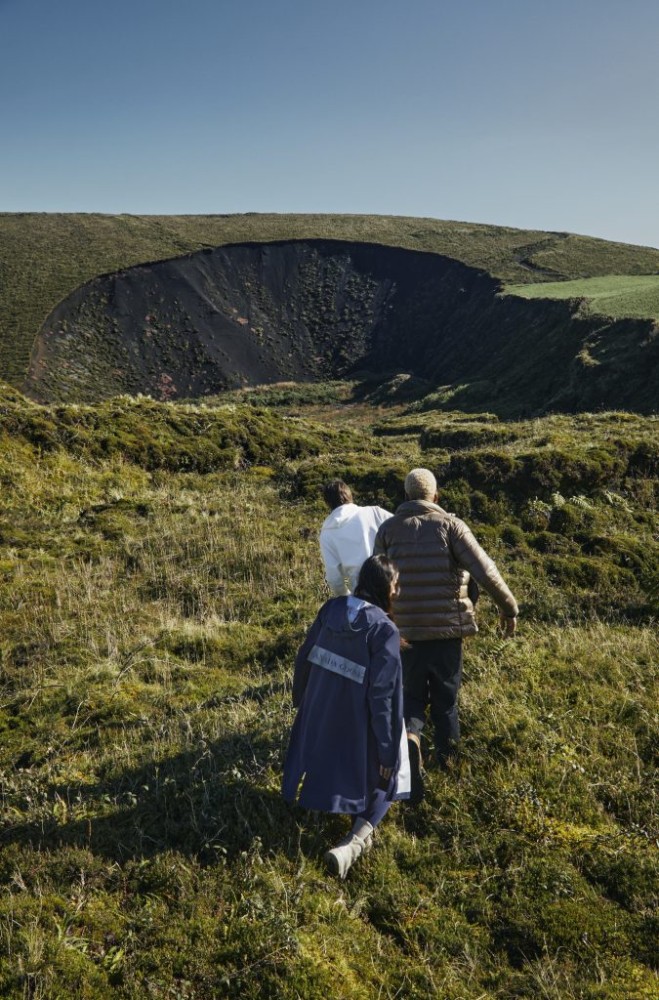
Kane would go on to earn a Guinness World Record as a member of the first team to row the Atlantic east to west from Europe to South America, while Hine continues to be one of the leading women in the wilderness survival community. So for all the over-therapised out there, it seems that in order to thrive one really must first be able to survive.
Photos by Canada Goose



